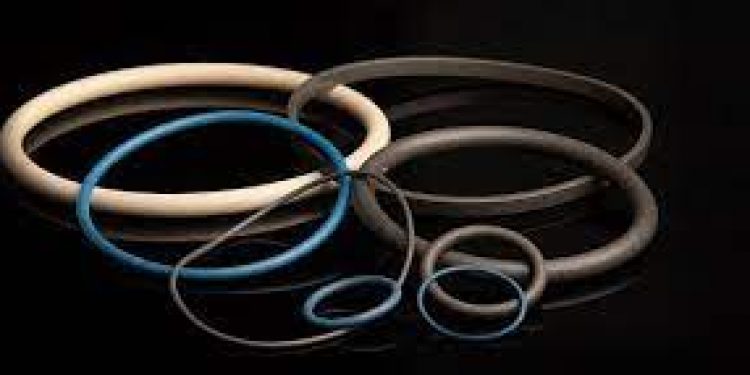Design News, a trusted source of information for engineers, has published an article about EMI O-Rings by Specialty Silicone Products (SSP). The article, “Designing EMI O-Rings for Shielding and Sealing”, covers applications, dimensions, materials, prototyping, and manufacturing. Molding vs. bonding is a special focus, and SSP shares an example of an engineer who needed prototypes in two different sizes. Dominic Testo, SSP’s Business Development Manager, is the author of the January 25, 2023, Design News article.
Read SSP’s Design News Article
EMI O-Ring Applications, Dimensions, and Materials
As SSP’s Design News article explains, EMI O-rings are donut-shaped gaskets that are used in applications ranging from electric vehicles, robotic arms, and medical infusion pumps to telecommunications equipment and military and aerospace electronics. When designing EMI O-rings, engineers need to specify cross-section and inner diameter. Material selection is also important, and choices include electrically-conductive silicones that are filled with metal, bimetallic, or metal-coated particles.
Download the White Paper: Particle-Filled Silicones
EMI O-Ring Prototyping and Manufacturing
Whether it’s for prototyping or production, engineers also need to select an EMI O-ring fabrication method. Molding can produce a part in one piece but requires more expensive tooling. Consequently, molding is generally used for higher production. For prototyping and lower-volume production, bonding is more cost-effective. As SSP’s Design News article explains, however, there are several ways to bond EMI O-rings, and only hot splicing reduces the risk of a “hard spot” at the joint.
Download the White Paper: Bonding with Hot Splicing
Molding vs. Hot Splicing Example
SSP’s Design News article concludes with a comparison of molding vs. hot splicing for EMI O-rings with a 4.7-in. diameter. As is sometimes the case, fit testing revealed that the specified diameter for this prototype was too small. Because the EMI O-ring was molded, new tooling was needed for a larger 4.9-in. diameter product. This increased costs, extended prototyping, and delayed the start of production. With hot splicing, a single lower-cost tool could have yielded multiple sizes at a lower cost and in less time.
Contact SSP for EMI O-Rings
Specialty Silicone Products (SSP) makes conductive silicones for EMI O-Rings at its ISO 9001:2015 certified facility in Ballston Spa, New York (USA). If you need higher EMI O-ring volumes, SSP can mold products for you. If you need prototypes or lower volumes instead, SSP can provide you with hot-spliced EMI O-rings that are bonded with a conductive silicone. This approach reduces the risk of creating a “hard spot”, helps to avoid EMI leakage, and produces a joint with better temperature resistance than acrylic can provide.
As a follow-up to its Design News article, SSP is offering EMI O-ring samples to engineers who are developing products such as EVs, robotic arms, infusion pumps, 5G communications, and defense and aerospace electronics. Samples of the EMI O-ring kits are limited, so act now to find out if you qualify. Contact SSP online or email Dominic Testo, the author of the Design News article and SSP’s Business Development Manager.



